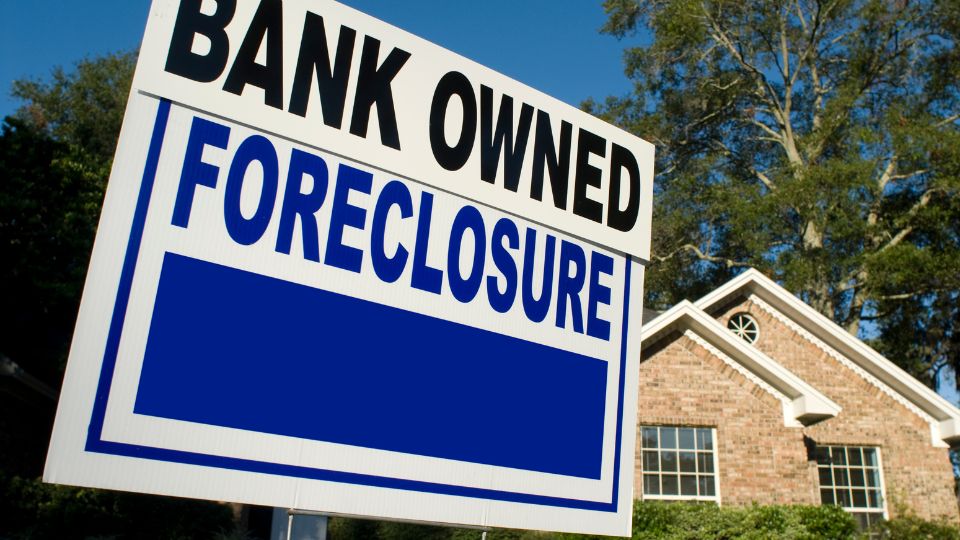In the second quarter of 2024, investor home purchases in the U.S. saw a 3.4% year-over-year increase, marking the most significant rise in two years, according to a report by Redfin. This surge comes amid a broader slowdown in the U.S. housing market, which saw total home purchases decline by 1.9% during the same period. The uptick in investor activity highlights a shift in the market, driven by rising rental demand and elevated home prices, which have increasingly pushed traditional homeownership out of reach for many Americans.
Surge in Investor Home Purchase Activity
Investor purchases accounted for 16.8% of all homes sold in Q2 2024, equating to roughly one in every six homes, up from 16% in the previous year. This level of activity was last seen during the post-pandemic housing boom, where investor activity surged before crashing by nearly 50% in 2023 due to declining rents and home values in several markets. However, as the market stabilized, investors have returned to capitalize on robust rental demand.
“Elevated home prices and mortgage rates have pushed homeownership out of reach for a lot of Americans, which is fueling demand for rentals,” said Sheharyar Bokhari, a senior economist at Redfin. “Investors, many of whom can afford to pay in cash to avoid the sting of high mortgage rates, are cashing in on that demand.”
Cash Buyers Dominate
One of the key drivers behind the surge in investor purchases is the prevalence of cash buyers. Approximately 69% of investors paid in cash during Q2, a stark contrast to the average homebuyer, who is more sensitive to fluctuations in mortgage rates. By avoiding traditional financing, these investors can sidestep the current high mortgage rates that have sidelined many would-be homeowners.
“Real estate investors are coming out of hibernation to take advantage of the demand from renters,” Bokhari added. “Many of them are able to offer all-cash deals, giving them a significant advantage in today’s competitive market.”
Focus on Single-Family Homes versus Multifamily
Redfin’s analysis found that single-family homes were the primary focus of investors, accounting for 69.4% of all investor home purchases in Q2. This marked a 6.7% increase in single-family home purchases from the previous year. These properties remain attractive to investors due to their stable rent growth and relatively low tenant turnover rates.
In contrast, investor purchases of multifamily properties, condos, and townhouses all declined during the same period, falling by 5%, 3.3%, and 1.9%, respectively.
Related: Critical Impact of Rising Multifamily Insurance Rates
Regional Hotspots for Investor Home Purchases
California emerged as a hotspot for investor home purchase activity, with several cities posting significant year-over-year gains. San Jose, for example, saw investor purchases increase by 27.8%, the largest jump among major metro areas. Other California markets, including Oakland, Sacramento, and San Francisco, also experienced substantial upticks, as investors flocked to these high-priced regions. Despite California’s soaring home prices, the state has seen a resurgence in demand post-pandemic, as fewer residents are leaving the area compared to the peak of the pandemic exodus.
In addition to California, Las Vegas also saw a notable increase in investor activity, with purchases up by 27% year-over-year. These markets, characterized by their strong rental demand and potential for property value appreciation, continue to draw interest from both institutional and smaller investors alike.
Low-Priced Homes Still in Demand
While high-priced homes drove much of the growth in investor activity, low-priced homes remained a key target for investors, particularly in markets where housing affordability is a critical issue. In Q2, investors purchased 24.1% of all low-priced homes that sold, up from 22.7% a year earlier. These properties, often located in the bottom third of the market, offer more accessible price points and potential for future value growth, making them attractive to investors seeking long-term returns.
Brian Connelly, a Redfin Premier agent based in Boston, noted the competition for these entry-level homes. “Any home that is entry-level is immediately pounced on,” Connelly said. “There’s a mix of first-time homebuyers, investors, and second-home buyers all fighting for homes.”
Rental Market Implications
The increase in investor home purchases is having a direct impact on the rental market. As homeownership becomes more elusive for many Americans, the demand for rental properties continues to grow. However, despite this strong demand, rent growth has remained relatively slow due to an influx of new apartment buildings hitting the market. This new supply is creating more competition for tenants, which could temper rent increases in the short term.
Nonetheless, some experts predict that rent prices could begin to climb again as multifamily construction slows. Data from the Mortgage Bankers Association (MBA) shows that multifamily lending dropped by nearly 50% in 2023, a trend that could lead to tighter rental supply in the coming years.





